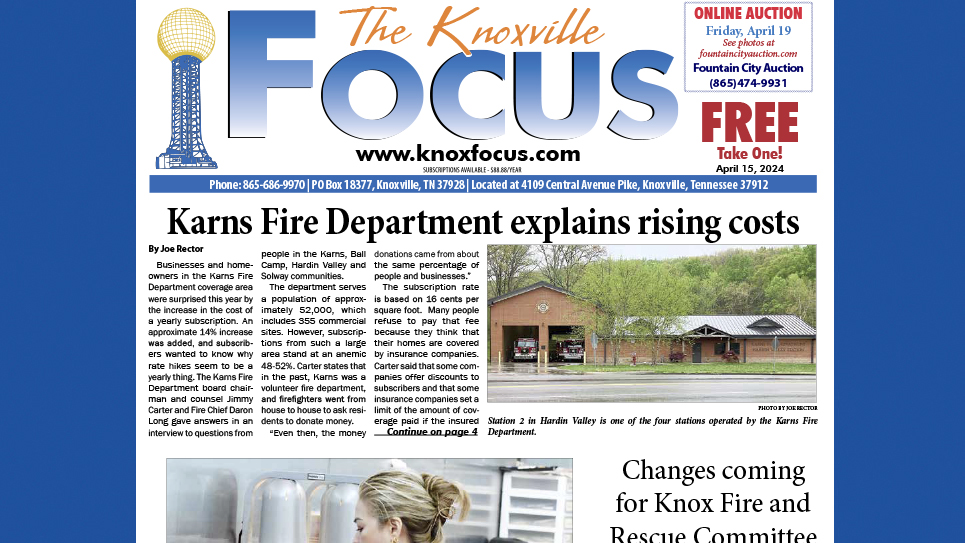By Sharon Frankenberg,
Attorney at Law
Nuisance is the maintenance of a wrongful condition on a person’s own property over an unreasonable length of time which annoys or disturbs the free use of another’s property or which renders its ordinary use or physical occupation uncomfortable. For example, in the case of Oakley v. Simmons, 799 S.W.2d 669, the plaintiffs owned a private airstrip on their 35 acres and used it 2 to 3 times a week. Mr. Simmons bought an adjacent tract of land from his brother-in-law approximately 6 years after the plaintiffs began using the 35 acres for a private airstrip. A few months later Simmons began construction of a residence and eventually erected a single pole, 40 feet high, immediately adjacent to the plaintiffs’ property. The pole was purportedly to be used as a light pole but it was located some 360 feet from his residence. This pole was directly in the flight path of the runway. At trial, the jury found that the pole erected by the defendant constituted a safety hazard. It was a nuisance. The court of appeals held that the definition of nuisance extends to everything that endangers health or life, offends the senses, or obstructs the reasonable and comfortable use of property.
A nuisance is created where a landowner uses his property in such a manner as to unreasonably interfere with plaintiff’s use or enjoyment of his own property. In the case of Charles v. Latham, 2004 Tenn. App. LEXIS 553, the trial court found a dispute between adjoining property owners over the use of a driveway easement. An easement is a property interest that confers to the holder an enforceable legal right to some lawful use of the real property of another. The proof in the case was that the defendant spent many hours hauling junk and debris and positioning it along the fence in front of the Charles property. The defendant dug a trench in the middle of the portion of the right of way used only by Charles. When Charles made repairs to the driveway, the defendant removed the repairs and built a 2 to 3 foot high speed bump on plaintiff’s part of the right of way. The trial court found, and the court of appeals upheld the court’s finding, that defendant’s actions in unreasonably interfering with plaintiff’s use or enjoyment of his property constituted a nuisance.
A civil lawsuit for nuisance should be brought within three years as an injury to personal or real property pursuant to T.C.A. Sect. 28-3-105(1). Damages may include the cost of restoring the plaintiff’s property to its condition prior to the creation of the nuisance (the cost of removing the pole in the example), diminution in property value (what the property is worth with a damaged driveway rather than a repaired one), lost rental value, personal damages for inconvenience, emotional distress, and injury to the use and enjoyment of property. Punitive damages may also be sought in a case where the defendant needs to be punished for his or her wrongful conduct and to deter others from such conduct in the future.
Criminal statutes prohibit public nuisances like operating a house of prostitution and manufacturing controlled substances. The penalty for maintaining these types of nuisances is seizure by the state and forfeiture of property. The money recovered from the forfeitures is split equally between the general fund of the state and of the political subdivision or public agency whose officers made the seizure.
You should consult an attorney for assistance and advice with your individual situation. Sharon Frankenberg is an experienced attorney licensed in Tennessee since 1988. Her office number in Knoxville is (865)539-2100.






